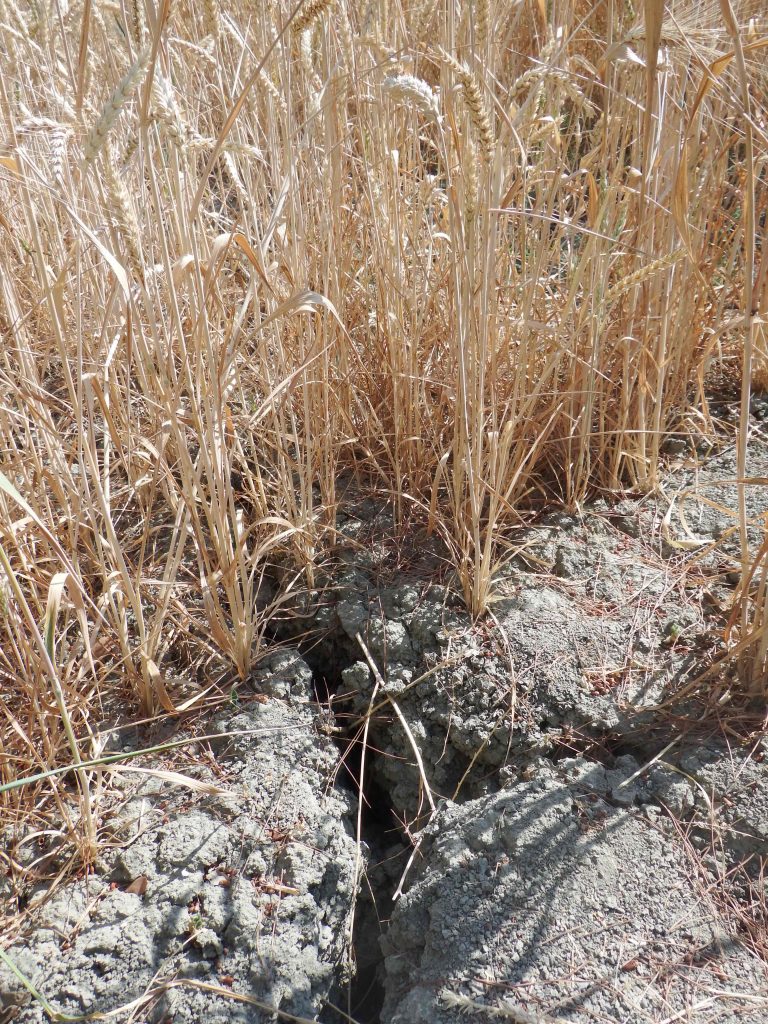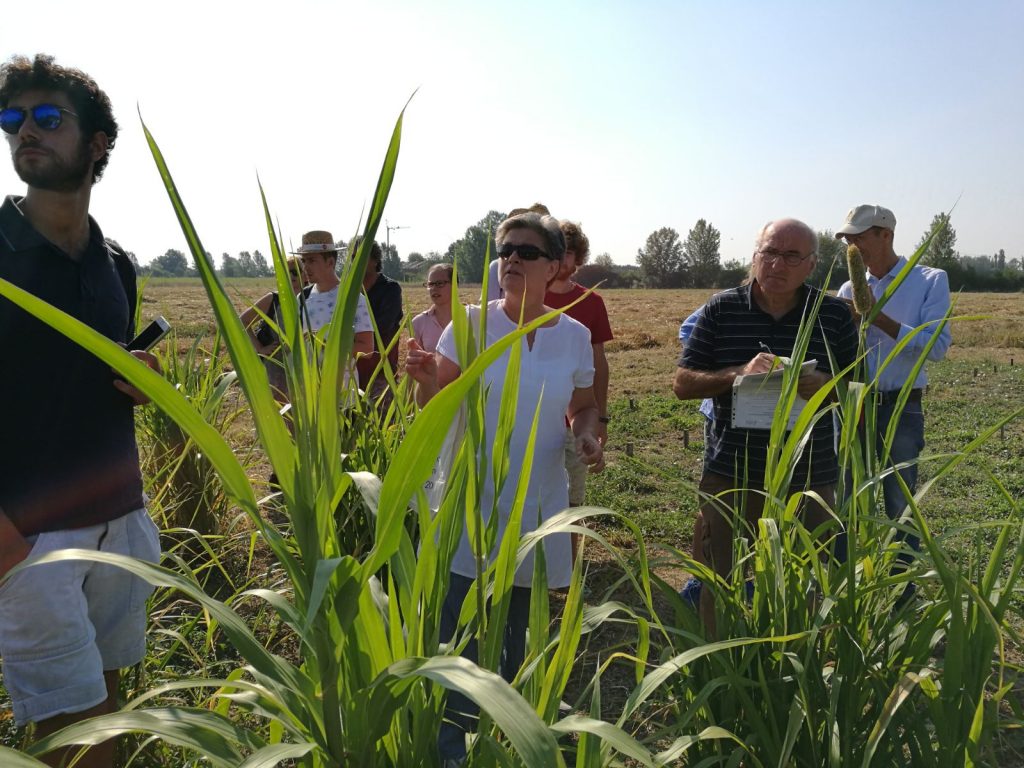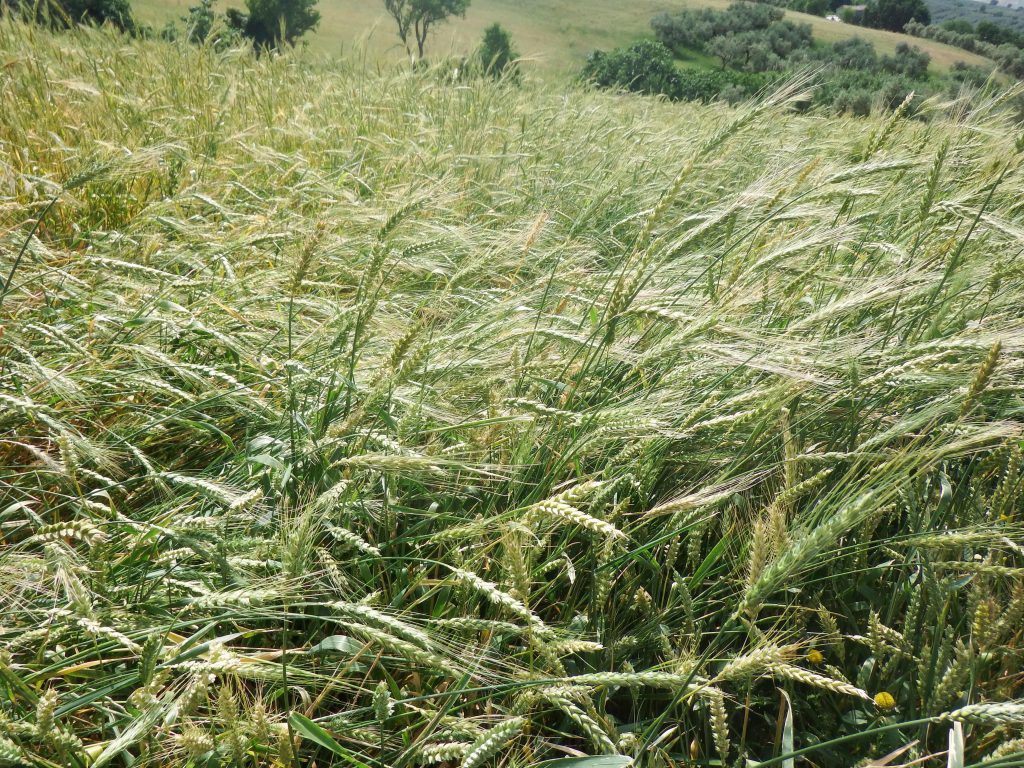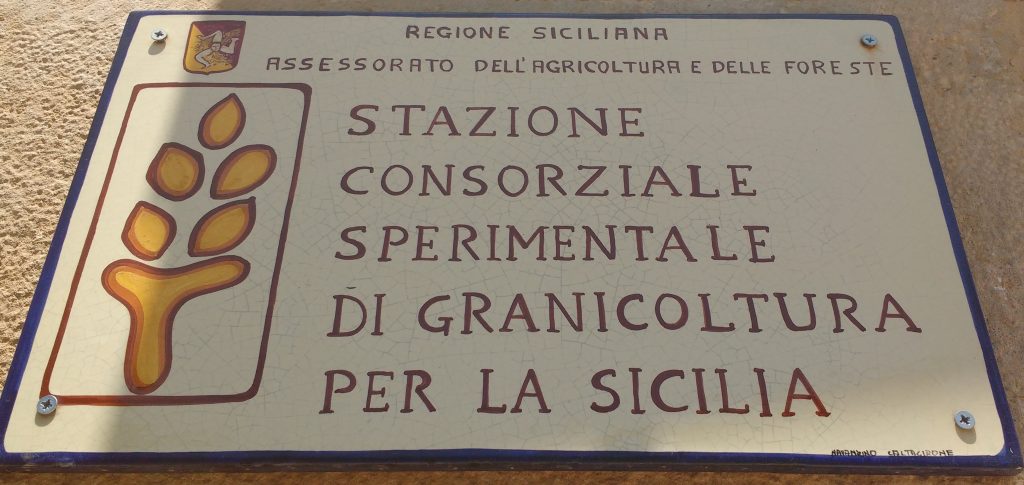Monday 4th September 2017 from 0900-1800
ILAS Lecture Theatre, National University of Ireland Galway
All are welcome – free admission! To register your attendance send email with name, address and your affiliation to: mary.gannon@nuigalway.ie




